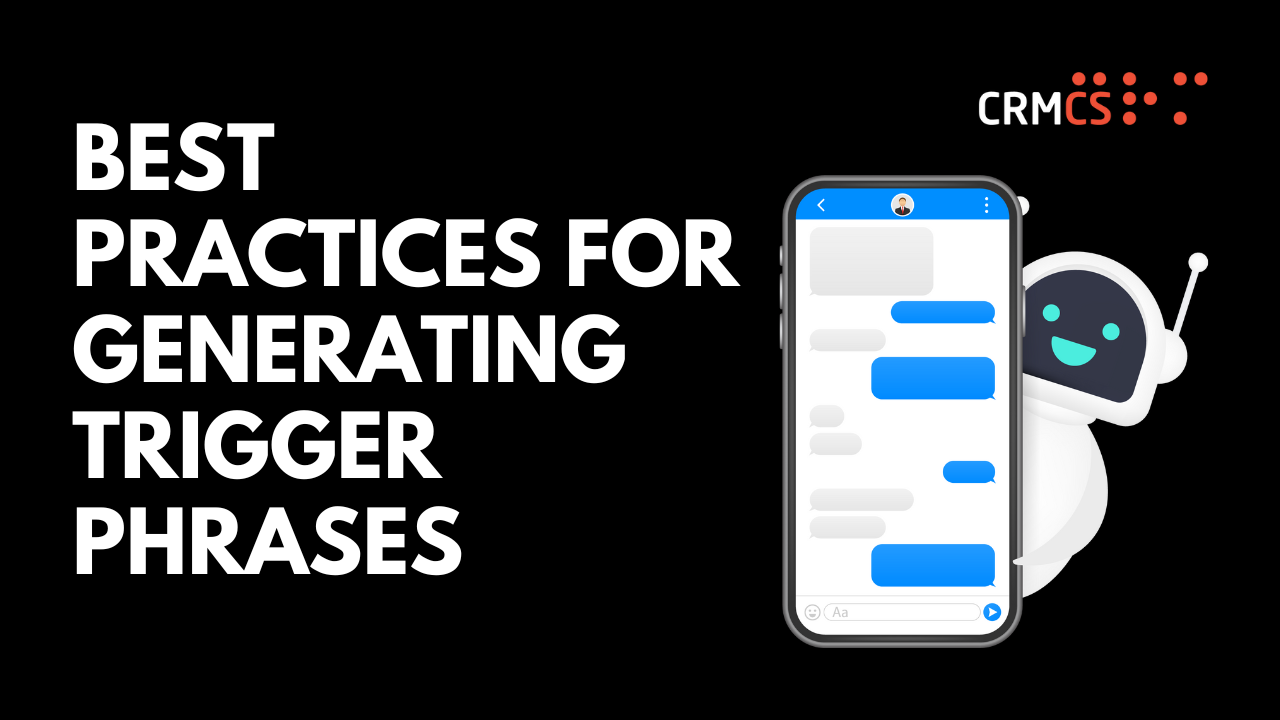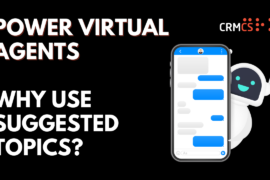If you haven’t already, we recommend that you read Power Virtual Assistant – Creating Personal Interactions before proceeding with this article.
When creating a smooth conversational experience for users with Power Virtual Agent, trigger phrases play a crucial role. They act as cues for the chatbot to initiate a specific action or conversation. Therefore, writing clear and precise trigger phrases is essential to ensure that the chatbot understands and responds to the user’s intent. In this article and YouTube video, we explore:
- Techniques for Writing Effective Trigger Phrases
- Examples of Good Trigger Phrases
- Best Practices for Writing Trigger Phrases
- Mistakes to Avoid
Techniques for Writing Effective Trigger Phrases
- Use natural language: Write the trigger phrases naturally and easily for users to understand. Avoid using jargon or technical terms that may be confusing for the user. (Natural language understanding (NLU) is used by the AI to parse what a customer typed and find the most appropriate trigger phrase or node)
- Keep them short and specific: Short and specific trigger phrases are more likely to be understood by the chatbot and provide a better user experience.
- Be consistent: Use consistent language and phrasing throughout the chatbot to make it easier for users to understand.
- Use synonyms: To cover all possible variations of a phrase, consider including synonyms or related phrases as triggers.
- Use keywords: Identify the keywords or phrases that users might use to initiate a conversation and use them as triggers.
Examples of Good Trigger Phrases
- “I need help with my account.”
- “Can you tell me more about your return policy?”
- “How do I track my order?”
- “I need to change my shipping address.”
Best Practices for Writing Trigger Phrases
- Test your triggers: Test your triggers with real users to ensure they are practical and easy to understand. This will give you an idea of how well the chatbot can understand and respond to the user’s intent.
- Keep them up to date: Regularly review and update your trigger phrases to ensure they are still relevant and accurate. This will help ensure that the chatbot stays current and can respond to new or updated topics.
- Monitor user feedback: Pay attention to user feedback and adjust your trigger phrases as needed. This will help you to identify any issues or areas for improvement.
Mistakes to Avoid
- Using overly complex language or phrases that are difficult for users to understand. This can lead to confusion and a poor user experience.
- Not being consistent in your language and phrasing. This can make it difficult for the chatbot to understand the user’s intent.
- Ignoring user feedback and not adjusting your trigger phrases. This can lead to a chatbot that cannot respond to the user’s needs.
- Not testing your trigger phrases with real users. This can lead to a chatbot that cannot understand and respond to the user’s intent.
In conclusion, writing effective trigger phrases is crucial for creating a smooth conversational experience for users in Power Virtual Agent. Following this article’s techniques and best practices ensures that your chatbot understands and responds to the user’s intent. Additionally, you can continually improve your chatbot’s performance by avoiding common mistakes and monitoring user feedback.
Our next Power Virtual Agent article is coming on 1st April where we’ll cover more on Power Virtual Agents and focus on using suggested topics to quickly bulk your chatbot repertoire.
If you’d like to be notified of all upcoming articles just subscribe to the CRMCS Insider (don’t worry – we won’t bombard you with emails, it’s just one email per month)
By Aaron Perry, Cloud Developer, CRMCS





